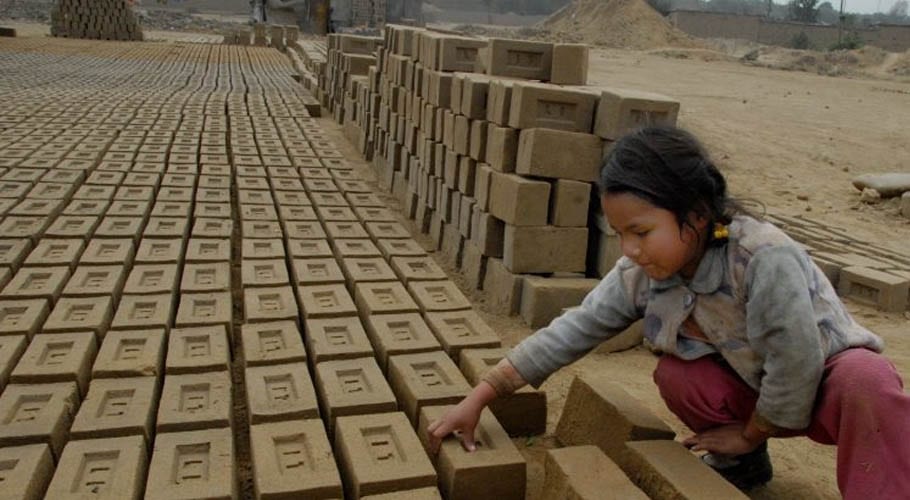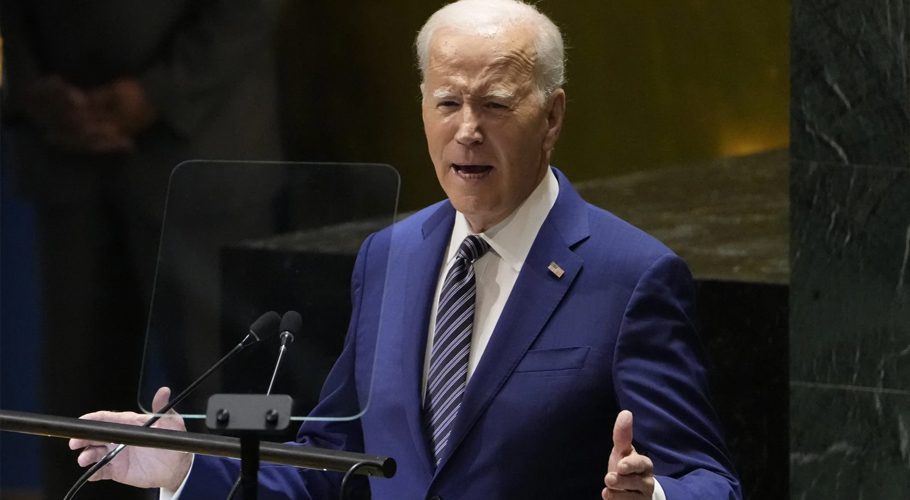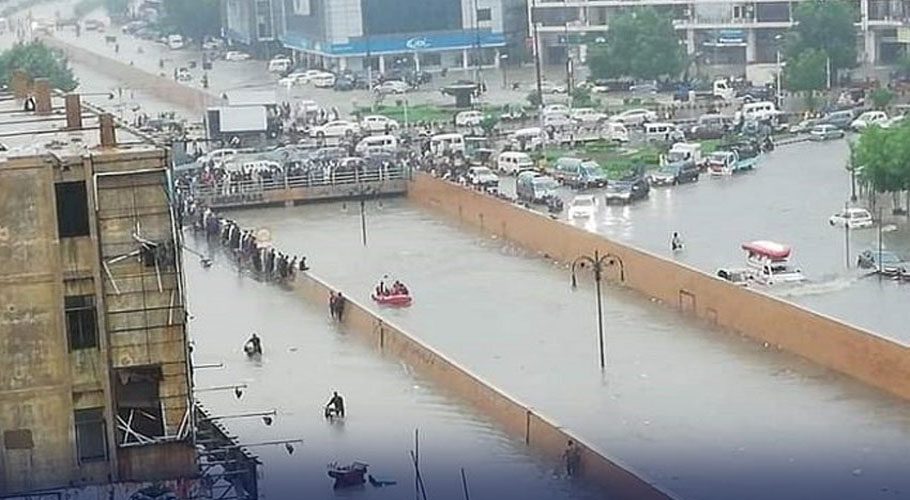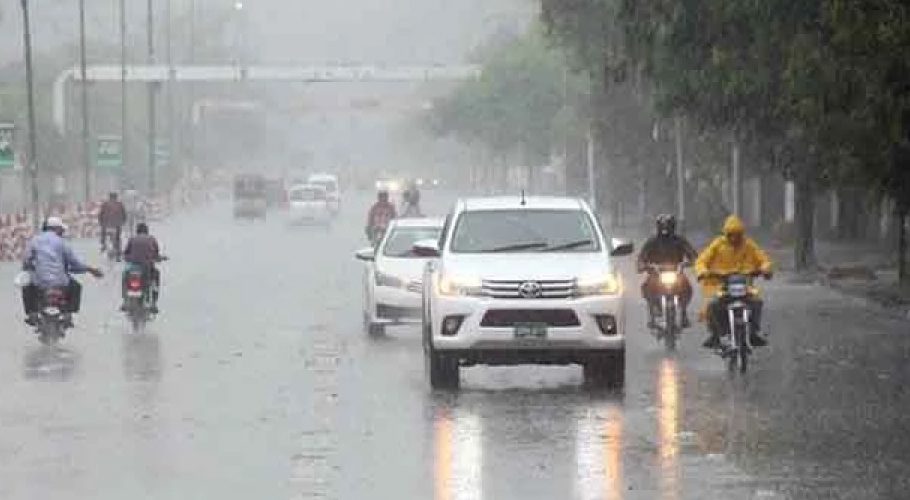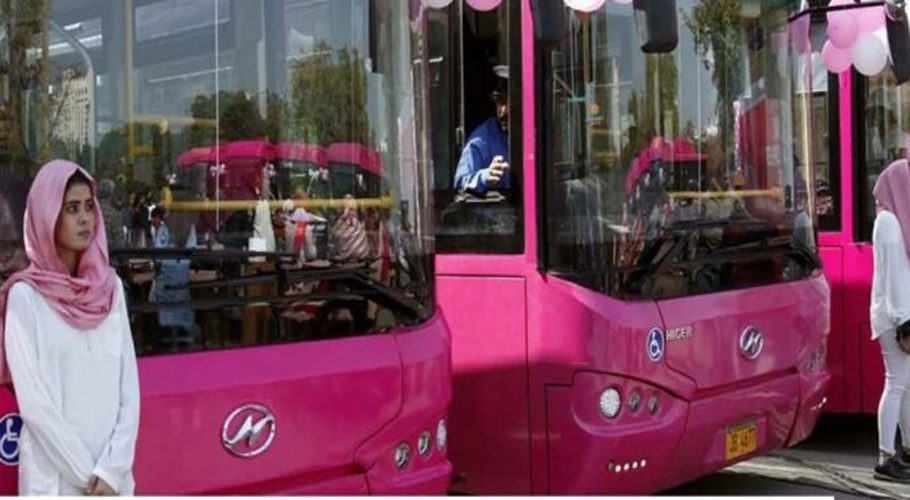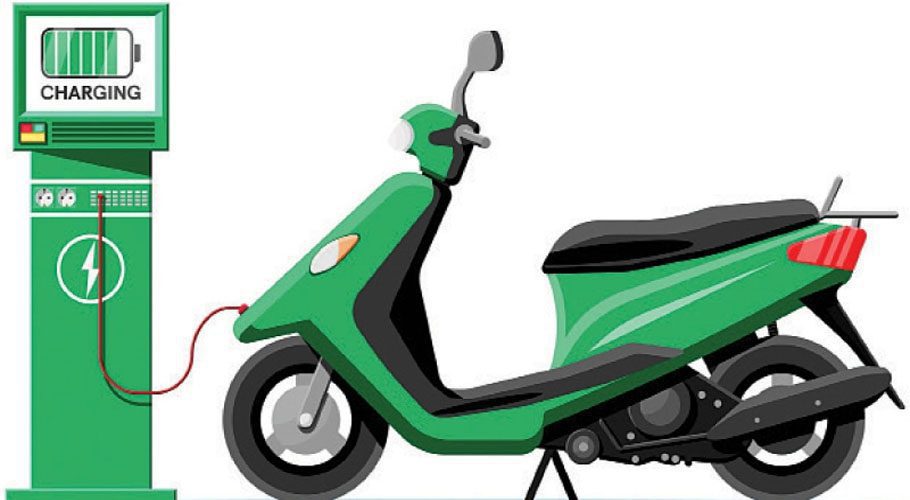![]() Follow Us on Google News
Follow Us on Google News
World Child Labour Day 2020 aims to protect children amid pandemic
Related Stories
Opinion
April 17, 2024
- Dr. Muhammad Shahbaz
March 19, 2024
- Riyatullah Farooqui
March 17, 2024
- Ambassador Dr. Jamil
March 14, 2024
- Riyatullah Farooqui
March 12, 2024
- Nadeem Moulvi
No posts found
New wave of heavy rain to hit Karachi from tomorrow
The Pakistan Meteorological Department (PMD) has issued a statement forecasting heavy rainfall in Karachi...
After Punjab KP fixes roti price at Rs15
PESHAWAR: In line with the Punjab government’s move to slash the price of roti,...
New Pink Bus routes announced for Karachi
KARACHI: Sindh Minister for Transport and Mass Transit, Sharjeel Inam Memon, has announced the...
MM Digital (Pvt.) Ltd.
MM News is a subsidiary of the MM Group of Companies. It was established in 2019 with the aim of providing people of Pakistan access to unbiased information.
Contact Details: 03200201537

